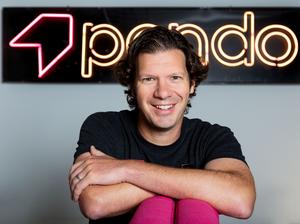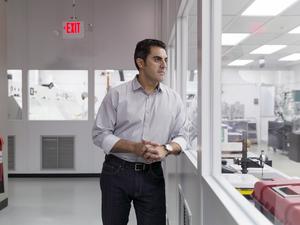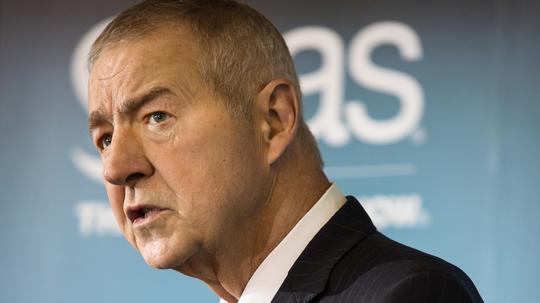
Cary’s SAS Institute is just one of a handful of Triangle firms eyeing the possibility of going public – and the stakes are high for the region.
That’s according to industry insiders, who say going public has a ripple effect – from the C-suite to the rank and file. The coffer boosts IPOs create can fund real estate investments, startups and even new venture capital funds.
SAS, where CEO Jim Goodnight said Thursday the company is preparing to go public by 2024, is just one of the local players considering leaping to public markets. For example, Raleigh-based Pendo raised another $150 million, increasing its valuation to $2.6 billion. And CEO Todd Olson didn’t mince words.
“Our job is to prepare the company to possibly be a public company,” he recently told TBJ.
A few miles away in Durham, Tony Atti, CEO of Phononic, is thinking along the same lines, having landed a $50 million funder in July.
“The idea is to prepare ourselves for what’s always been the ultimate aspirational goal, a global publicly-traded entity,” Atti told TBJ.
Industry watchers say any public company headquartered in the Triangle elevates the region as an economic development prospect. And that also stands true when it comes to attracting capital, said Jason Caplain, co-founder of Durham venture capital firm Bull City Venture Partners.
“It’s having lots of optionality for employees, so if they move here and something doesn’t work out … they can hop across the street and have a new job,” he said.
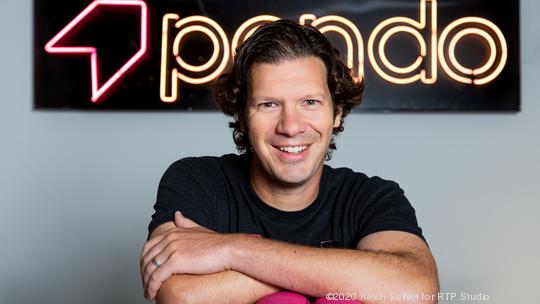
Challenges ahead
But IPOs are never a sure thing – particularly when, as with SAS, they’re planned three years out, when markets can completely change. Jim Verdonik, a founding attorney with Innovate Capital Law, said the timeline is extremely unusual, as “there’s no way to predict the state of markets or the status of SAS’ business” in three years. He said it could be a mating call, “an invitation for buyers to purchase at the pre-IPO price.”
But he sees other scenarios, such as the possibility that SAS might be planning to offer stock to employees, or even recruit new talent using stock options. The company could also be trying to make its stock look attractive to businesses SAS might want to buy using its stock, Verdonik theorized. Or the firm could be preparing employees for unpopular moves, such as “cost cutting, personnel and other changes to increase profitability.”
But if SAS is serious, there’s a lot to do before an IPO can advance.
SAS has a management team with limited experience at public companies – and that could present a problem, said Verdonik. SAS will need to pepper both its legal and accounting departments with personnel who have prior public company experience, he said.
“A CEO who knows how to communicate with Wall Street is also important,” he said, noting that cultural changes will also be needed. Public companies need to be able to predict future revenue accurately to avoid market price drops when they underperform. And sales teams will need to focus on getting contracts signed before the end of each quarter, he said.
SAS does have major advantages, however, that Pendo and Phononic do not, as its revenue stream “has a long history and is more predictable.”
“Likewise, SAS starts out with substantial legal and accounting departments, so SAS already has infrastructure,” Verdonik said. “The hard part is changing that infrastructure to meet new challenges.”
Serial entrepreneur Scot Wingo was CEO of ChannelAdvisor (NYSE: ECOM) when it went public in 2013, and saw firsthand how complex and taxing the process can be.
“When you are running a dynamic rapidly growing business, it’s incredibly hard to do both the IPO and keep the company scaling,” he said. “This is when expanding the management team to be able to do both is key.”
In Wingo’s case, he relied on his chief operating officer, current ChannelAdvisor CEO David Spitz.
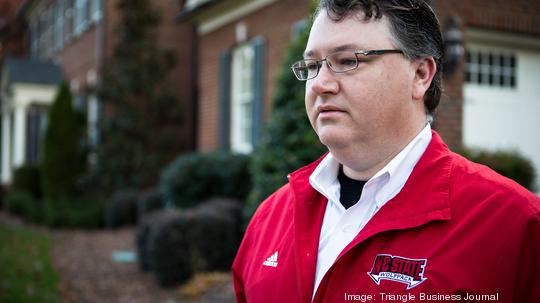
Big rewards
Going public means there will be unprecedented outside scrutiny for most firms. With the filing of a public offering, many firms are releasing their full revenue histories for the first time. They’re welcoming analyst commentary. And they’re often embarking on roadshows to defend and promote their value proposition.
For Wingo, it was all worth it.
He said the most gratifying part was watching longtime employees – folks who helped him build the company – be able to get payouts for their “lottery ticket” stock options.
“Folks pay off their mortgages, fund their kids’ 529s, pay off college debt, start businesses, buy houses,” Wingo said. “For me those outcomes were 100 percent worth those 100-plus hour weeks we put in for the IPO.”
Caplain said that’s how IPOs fuel the ecosystem. Caplain, who counts ChannelAdvisor and Motricity's IPOs among his firm’s venture capital portfolio, has seen it from the inside. Caplain was with Red Hat’s finance and operations group when it went public in 1999. And that IPO had a major catalyst effect. Suddenly, technologists with stock options had money to burn, and in some cases, that led to new companies.
Should the Triangle’s latest prospects go public, Caplain predicts something similar could happen. But unlike at Pendo, SAS employees currently do not have stock options. CEO Jim Goodnight owns two thirds of the shares, with his co-founder, John Sall, accounting for another third.
While an IPO could allow employees to take a stake in the company, it wouldn’t mean the same in terms of cash-flush technologists on opening day.
But SAS isn’t going public anytime soon. In Goodnight’s video message about the IPO plan, he told employees the goal was to get ready to go public in three years – and a lot can change. Should SAS find a way to transfer stock ahead of time, that could create that catalyst effect, Caplain said.
“That’s the dream,” he said. “Companies create more millionaires… they go start more companies, they go seed their friend’s companies.”

